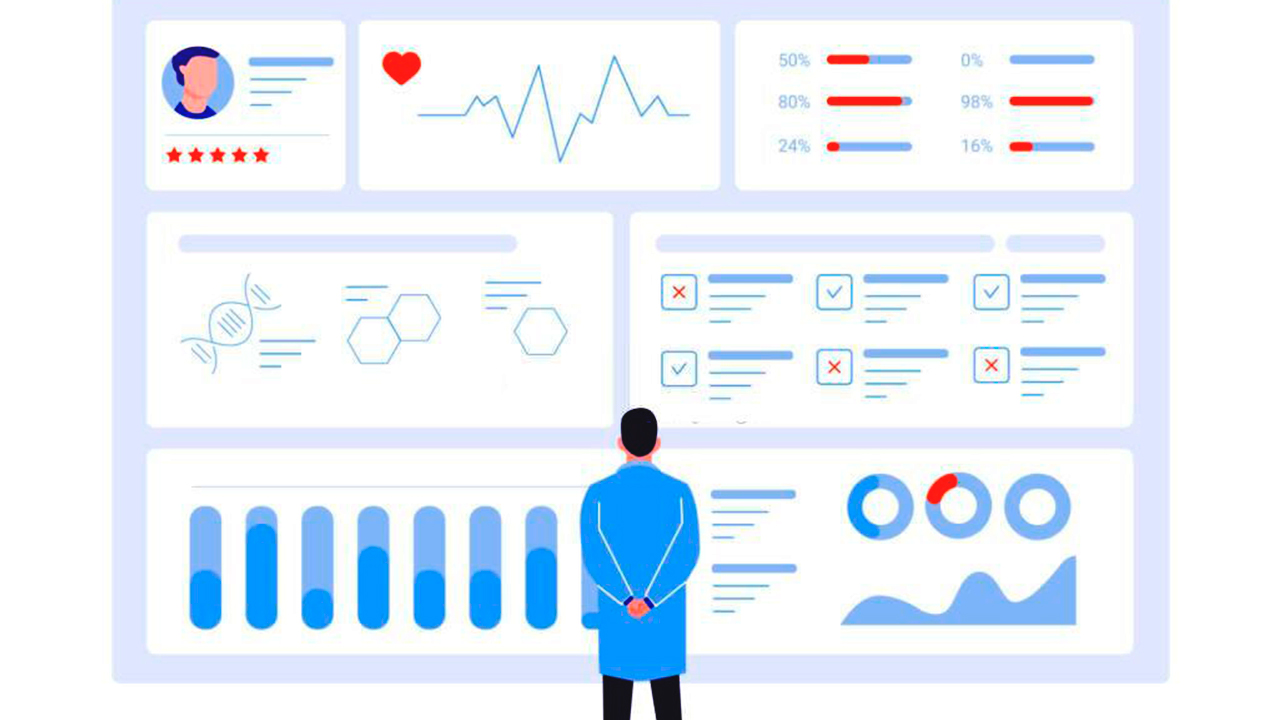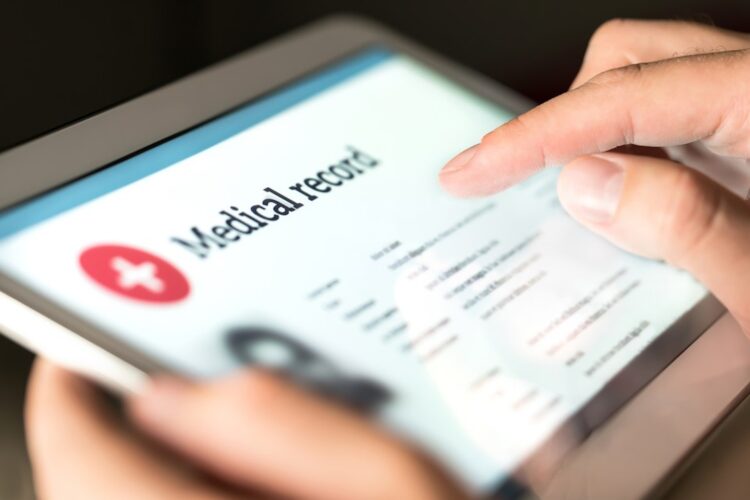This article explores the role of big data in healthcare and how it can be used to improve healthcare delivery. It discusses the potential benefits of using big data in healthcare, including better patient outcomes, increased efficiency, and reduced costs.
The article also examines some of the challenges and limitations associated with big data in healthcare, including concerns about patient privacy and data security. Finally, the article looks at some of the ways that healthcare providers and organizations are currently using big data to improve healthcare delivery and discusses the future of big data in healthcare.
The healthcare industry is rapidly adopting new technologies that are transforming the way healthcare is delivered. One of the most promising of these technologies is big data, which refers to the vast amounts of data that are generated every day by healthcare providers, patients, and medical devices.
By collecting and analyzing this data, healthcare providers can gain valuable insights into patient health, disease trends, and treatment outcomes. In this article, we will explore the role of big data in healthcare and how it can be used to improve healthcare delivery.
The Potential Benefits of Big Data in Healthcare

One of the primary benefits of big data in healthcare is its ability to improve patient outcomes. By analyzing large amounts of patient data, healthcare providers can identify patterns and trends that can help them make more accurate diagnoses and develop more effective treatments.
For example, a provider might use big data to identify patients who are at high risk of developing a certain condition and proactively provide preventative care. Additionally, big data can be used to monitor patient health and provide early warnings of potential health problems, allowing for earlier intervention and better outcomes.
Big data can also help healthcare providers increase efficiency and reduce costs. By automating many administrative tasks and streamlining workflows, healthcare providers can improve efficiency and reduce the time and resources required for tasks such as record keeping, billing, and scheduling.
Additionally, big data can be used to optimize resource allocation, such as predicting patient demand and staffing accordingly, reducing wait times, and improving patient satisfaction.
Challenges and Limitations of Big Data in Healthcare
While big data has tremendous potential in healthcare, there are also significant challenges and limitations associated with its use. One of the most significant concerns is patient privacy and data security.
With large amounts of sensitive patient data being collected and analyzed, it is critical that healthcare providers take steps to protect patient privacy and ensure data security. This includes implementing robust data encryption and security protocols, as well as developing strong privacy policies and procedures.
Another challenge is the complexity of managing and analyzing large amounts of data. Healthcare providers may lack the necessary expertise and resources to properly manage and analyze the vast amounts of data generated in healthcare. Additionally, there may be technical challenges associated with integrating data from multiple sources and formats.
How Big Data is Currently Used in Healthcare
Despite these challenges, many healthcare providers and organizations are already using big data to improve healthcare delivery. One of the most common uses of big data in healthcare is to develop predictive analytics models.
By analyzing large amounts of patient data, healthcare providers can develop models that predict the likelihood of certain conditions or outcomes, such as readmission rates, hospital-acquired infections, and mortality rates. These models can then be used to develop targeted interventions and improve patient outcomes.
Another common use of big data in healthcare is to optimize resource allocation. By analyzing data on patient demand, staffing levels, and resource utilization, healthcare providers can optimize resource allocation, reducing wait times and improving patient satisfaction.
The Future of Big Data in Healthcare
Looking to the future, big data is likely to play an increasingly important role in healthcare delivery. As the healthcare industry continues to adopt new technologies, such as wearables and medical devices, the amount of data generated is only going to increase. This will provide healthcare providers with even more opportunities to improve patient outcomes, increase efficiency, and reduce costs.
Improving Patient Outcomes
The use of big data in healthcare can greatly improve patient outcomes. By analyzing large amounts of patient data, healthcare providers can identify patterns and trends in diseases, develop more effective treatment plans, and make more informed decisions about patient care.
For example, predictive analytics can be used to identify patients who are at risk of developing certain conditions, allowing healthcare providers to intervene early and prevent the onset of the disease. Similarly, data analytics can be used to monitor patient progress and adjust treatment plans as needed, resulting in better outcomes for patients.
Cost Savings
In addition to improving patient outcomes, big data can also help reduce healthcare costs. By analyzing data on patient utilization, healthcare providers can identify areas where costs can be reduced, such as unnecessary tests or procedures.
This can help reduce healthcare spending while still maintaining the quality of care. For example, a study by the consulting firm McKinsey found that the use of big data in healthcare could reduce the cost of healthcare in the United States by up to $450 billion per year.
Challenges and Limitations
Despite the many benefits of big data in healthcare, there are also challenges and limitations that must be addressed. One of the biggest challenges is the need to ensure patient privacy and data security. Healthcare data is highly sensitive, and there are strict regulations in place to protect patient privacy.
Healthcare providers must ensure that patient data is collected, stored, and analyzed in a secure manner that complies with these regulations. Another challenge is the complexity of healthcare data.

Healthcare data is often fragmented and stored in a variety of different systems, making it difficult to aggregate and analyze. Healthcare providers must invest in the necessary infrastructure and technology to collect and analyze data effectively.
Finally, there is a need for skilled data analysts and data scientists to make sense of the large amounts of data generated by healthcare systems. Healthcare providers must invest in training and hiring these experts to ensure that they have the necessary expertise to analyze and interpret the data.
Conclusion
Big data has the potential to transform healthcare by improving patient outcomes, reducing costs, and driving innovation. By leveraging the power of data analytics, healthcare providers can develop more effective treatment plans, identify areas for cost savings, and make more informed decisions about patient care.
However, to fully realize the potential of big data in healthcare, providers must address the challenges and limitations associated with collecting, storing, and analyzing healthcare data. With the right investment in technology and expertise, big data can help create a more efficient, effective, and patient-centered healthcare system.


























